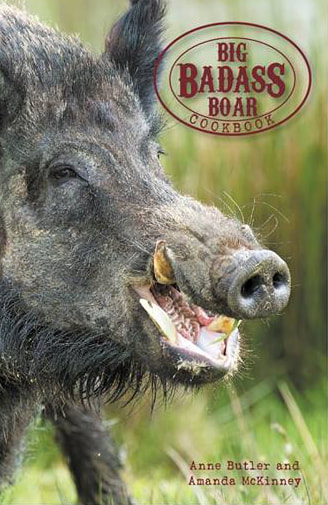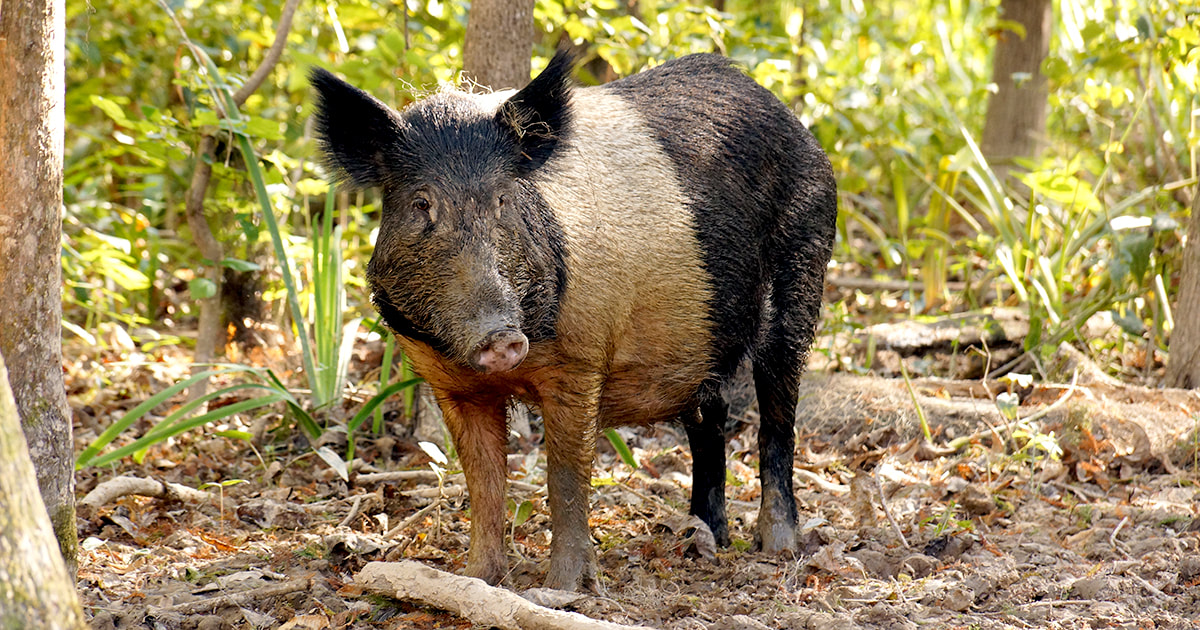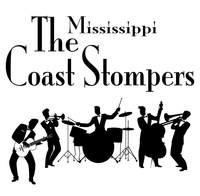Award-winning author Rheta Grimsley Johnson checks out a new and unusual cookbook for Southern swamp to table meals.
- by Rheta Grimsley Johnson

Anne, with bearing as regal as you’d expect the doyenne of a family plantation to exhibit, has written books on travel, crime, the misadventures of running a bed and breakfast and, most memorably, her own story – being shot and left to bleed out by an estranged husband, the former warden of Angola. She’s penned a couple of children’s books as well.
Recently her home was the setting for a Hallmark Channel movie, one of those romance stories that has scenery so beautiful you don’t mind the show is missing good acting and a plot. This time out my author friend is wearing her good citizen hat, helping to tackle what’s become a real problem in the woods of Mississippi, Texas and Louisiana and, yes, her own lush but manicured backyard. The Big Badass Boar Cookbook, co-authored by Amanda McKinney, reports that wild pigs are more destructive than nutria and may be “the most prolific large mammal on the face of the earth.” Feral hogs average six piglets per litter and can have several litters per year.
Turns out, however, there may be a way to control the population and help end the $1.5 billion national cost of wild pig damage to agriculture and the environment. Eat them. The book says wild pigs are good to eat.
“When prepared properly so that high temperatures destroy any internal bacteria, they are safe, tasty and cheap.” Being a responsible sort, Anne includes in her book a list of diseases that humans and hunting dogs can get while cleaning, butchering, handling or eating wild pigs. It sounds a little like the inevitable side effects list whispered quickly at the end of television ads for pharmaceuticals. Swine brucellosis, leptospirosis, trichinosis, toxoplasmosis tularemia and swine influenza are reasons, for instance, that the Louisiana Department of Wildlife and Fisheries no longer provides any recipes for cooking your wild boar kill. This cookbook, however, gets past the warnings about safe butchery and cooking to share both high- and low-church recipes. Famous Chef John Folse is included. So is John “JD” Desselle with his “Wild Hog Street Tacos” and Kerry Bordelon with “Real Hog Headcheese.” I haven’t been offered any of the 180,000 pigs killed in Louisiana per year, or from anywhere else, so I probably won’t be using the recipes, though I love game and love to eat and try to keep an open mind when it comes to food. I’d sure try a hog if I knew the source – and the cook. The taco especially sounded good. The cookbook mentions nutria and how Louisiana chefs also concocted recipes for those rats. It took pseudo-sophisticated New Yorkers to belly up, however, and then only after menu writers got creative and used the French for nutria -- ragondin -- and made the rat sound better than it tasted. I never tried it; I owe nutria nothing. Once, in Leland, Miss., city hall tried to solve a beaver problem in the town’s picturesque Deer Creek by introducing alligators. You can guess how that story ended. I call it The Kudzu Syndrome. The story often ends badly when something is plopped into an environment not its own. Anne’s book says Spanish explorers brought us the wild boars. My alma mater Auburn, or at least its extension service, gets the blame for kudzu. Louisiana fur farmers for nutria. The moral of this story? Look before you leap. Cook before you eat. One man’s beast is another man’s pate. A wild boar in the pot is worth two in the bush. Stop me before I hurt myself. Comments are closed.
|
Categories
All
Archives
July 2024
|
Shoofly Magazine Partners
Our Shoofly Partners are local businesses and organizations who share our mission to enrich community life in Bay St. Louis, Waveland, Diamondhead and Pass Christian. These are limited in number to maximize visibility. Email us now to become a Shoofly Partner!




























 RSS Feed
RSS Feed























